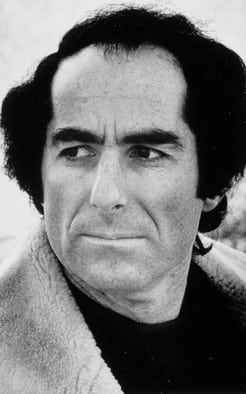A short while after losing her beloved mother in 1928, the Jewish-American singer Sophie Tucker recorded the song “A Yiddishe Momme” which made her famous. Every time she performed the song the used to tell the audience about her late mother, “a woman with a pure Jewish heart, with eyes reflecting endless devotion”.
The song “A Yiddishe Momme” is the ultimate soundtrack of the Jewish soul, at least if your ancestors came from east of the Vistula river. It is like a sentimental time tunnel that throws us back to the lost paradise of the Jewish town; to days when Jewish mothers had much less rights, but far more strength, which they did not hesitate to aim against whoever was threatening harm their offspring.

Let us review the song’s content, for just a few of us who do not speak Yiddish: the song is in fact a letter, from a young soldier to his Jewish mother, portrayed as a bold lioness, full of confidence and inner strength, nonetheless showering warmth and love all over, especially upon her only child.
Now let us skip ahead four decades, to 1969. A Jewish American author called Philip Roth published “Portnoy’s Complaint”, a best seller with over 6 million copies, which was a monologue of a lonely frustrated man in the psychiatrist’s clinic. Alexander Portnoy settles his business with everyone and everything, especially with his Jewish mother, whom he blames for all his failures with women, his bad career choices, his obsession with sex and his unrestrained passion for “Shikses”. In Portnoy’s mind, the Jewish mother is like the omnipotent Demiurge, who created the world and left us all hopelessly neurotic and battered. From a very young age his twisted relationship with his mother shaped his attitude towards women: “She was so deeply embedded in my consciousness that for the first year of school I seem to have believed that each of my teachers was my mother in disguise.”

How come the stereotype of the Jewish mother was so extremely transformed within just one generation? From an entity spreading nothing but love and kindness in “A Yiddishe Momme”, to a demonic overbearing, anxious, guilt causing woman as described in “Portnoy’s Complaint”?
One suggestion to this turnover comes from the realm of Evolutionary psychology. It is actually quite simple: Just like the human fingers can be used for picking or collecting fruit or nuts, as well as for texting messages, the same way certain traits or mutations used for one purpose can be used for a different purpose along evolution. Certain traits that used to be essential may sometimes become redundant according to changing reality.
In the turn of generations in America, the Jewish mother went through a similar process. Constant persecutions, fragile existence and financial uncertainty experienced by the first generations of immigrants from Europe, forced the mother to develop diligence, devotion and self-sacrifice which made her a mythic figure worthy of admiration and thankfulness from the family (as expressed in the song “A Yiddishe Momme”, for example). But following the unprecedented success of American Jewry, things changed. Financial conditions stabilized, persecutions and Antisemitism were no more, and the American dream was no longer just a fantasy. The fast social advance within just one generation was a popular research material in sociology and culture studies. Thousands of Jews left the crowded poor Lower East Side daily, towards the comfortable middle class suburbs of America.
The Jewish mother, though, still lived under a threat. Physically she lived in America but her mind was still in the Shtetl, surrounded by brutal Ukrainian rioters wishing to hunt her down. Thus, attributed warmth, compassion and self-sacrifice turned into this overprotective, smothering, overbearing, castrating figure, who won’t miss an opportunity to make her son feel guilty. “Spring me from this role I play of the smothered son in the Jewish joke!” Portnoy cries to his therapist. Later on we learn that the comedy is in fact a tragic-comic joke on the expense of Alexander Portnoy – and of Philip Roth himself.

Another 40 years gone by, and Philip Roth released his great book “The Plot Against America”, which can be perceived as a sort of reconciliation with the harsh mother figure portrayed in “Portnoy’s Complaint”. “The Plot Against America” is delivered from the point of view of Roth as the child in an alternative America where Charles Lindbergh, the pro-Nazi pilot, became the president of the United States, thus jeopardizing the well-being of the Jews in his county. In this book, the older Roth is no longer furious at his mother like in his youth. On the contrary, the award winning author draws an affectionate nostalgic picture of his mother, somewhat like the character drawn in “A Yiddishe Momme”.
Perhaps it was his own maturing that made him identify with his mother and make his peace with her, or it could have been his guilty conscious for the literary tarnish of her personality decades before – the same guilt she herself has burnt into his mind. At any case it seems that in his last years Roth softened a bit and was willing to embrace Sophie Tucker’s view of the mother as an ultimate mythological loving thing.
So RIP, Philip Roth. We only have one last request. Wear something warm, so you won’t catch a cold in that place you’re going to.

(English translation: Danna Paz Prins)